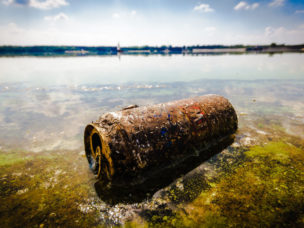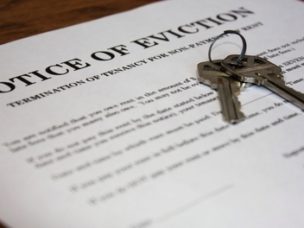Stay in the know
Subscribe to the Real Estate Blog and we’ll send you an email each time something new is posted.
Subscribe to the Real Estate Blog and we’ll send you an email each time something new is posted.
Blogs
Real Estate Blog
The Basics: Massachusetts Contingency Plan – Massachusetts Chapter 21E
Many of our clients are very familiar with oil and hazardous materials law and how contamination can significantly affect real estate ownership and/or development. Other clients are not. They may be clients from abroad or those who are new to the real estate ownership and development. The following is intended for them as an introduction to the vocabulary, concepts and regulatory structure.
Chapter 21E establishes strict liability (and joint and several liability) for owners and operators of land contaminated with oil and hazardous materials. The Massachusetts Contingency Plan (310 CMR 40.0000) (“MCP”) is the set of regulations under Chapter 21E. The MCP creates the program for required assessment, risk assessment and remediation of oil and hazardous materials contamination.
The MCP establishes the process regulating the assessment and remediation of oil and hazardous materials. Chapter 21E also establishes the process related to recovery of costs among private parties, (“cost recovery”).
Assessment and Remediation Process
The major elements in the assessment and remediation process under the MCP are:
- Consultants performing assessment and remediation work for private parties must be licensed by the Commonwealth (See Appendix B, M.G.L. c. 21A §§19-19J). These consultants will be called “licensed site professionals”;
- Sites are classified based upon the threat posed by the site to public health and the environment;
- Steps in the assessment and remediation process may proceed on the basis of an opinion by a licensed site professional rather than prior approval by the Massachusetts Department of Environmental Protection (“DEP”);
- To maintain “quality control” DEP audits the sites at which work is proceeding or completed on the basis of opinions from licensed site professionals;
- The Commonwealth maintains control over licensed site professionals through the licensing process;
- DEP also undertakes efforts to discover new contaminated sites and remediation of the worst sites (based on degree of environmental risk);
- The MCP establishes time lines for completing assessment and remediation;
- DEP collects fees for applications for permits under the MCP;
- Assessment of oil and hazardous materials “releases” is intended to identify the nature and extent of the release and to determine the risk to public health and the environment arising from the release;
- The MCP requires assessment of risks arising from consumption of groundwater or inhalation of vapors migrating into a structure from contaminated groundwater;
- Risks can be managed by deed restrictions (Activity and Use Limitations) to reduce the necessary remediation costs;
- Development and construction can occur prior to remediation provided thorough assessment has occurred;
- DEP has significant authority to impose fines to assure compliance with the MCP; and
- The MCP is in excess of 1,000 pages and so is detailed and demanding. Nonetheless, it has expedited assessment and remediation of oil and hazardous materials releases in Massachusetts.
Cost Recovery
Chapter 21E establishes joint and several liability for owners and operators of contaminated properties. Secured lenders and fiduciaries are generally exempted from liability, unless their actions have caused them to become actively involved with contamination at a site. The law allows settlements between a private party and DEP to insulate the private party from liability to other private parties. Also, Chapter 21E establishes a three year statute of limitations for actions brought by private parties and a five year statute of limitations for actions brought by the Commonwealth.
Before a private party can bring litigation against another private party to seek reimbursement for assessment and remediation costs, the potential plaintiff must give notice to potential defendant and an opportunity to respond and, possibly, an opportunity to mediate or arbitrate the dispute. Failure to follow this potential dispute resolution process precludes a potential plaintiff from bringing an action under Chapter 21E. Failure to take reasonable positions and to pursue such process in good faith will expose either party to recovery by the prevailing party of attorneys’ fees and costs of litigation.




